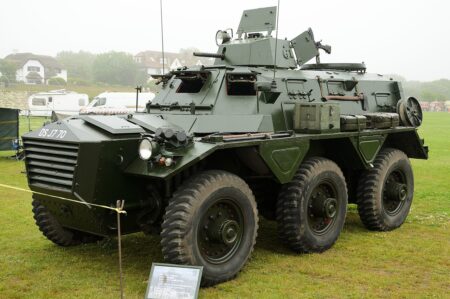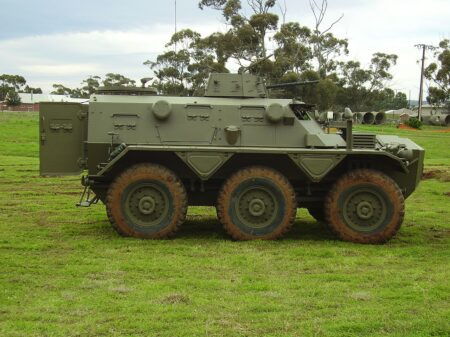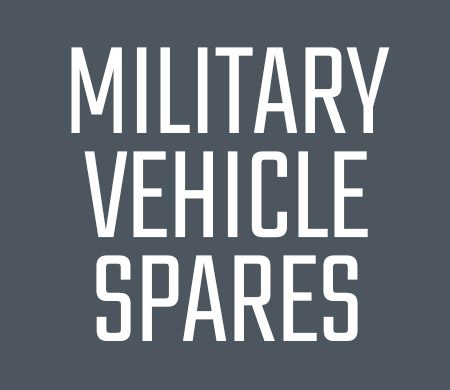Alvis Saracen Original Parts
Engine, mechanical, electrical and ancillary components for Alvis Saracen. Including large stocks of Rolls Royce 'B' Range engines and parts. We are able to supply parts in quantity or single items worldwide.
Make an enquiryAlvis Saracen: An Enduring Armored Personnel Carrier

Photo Credit: SG2012
The Alvis Saracen, also known as the FV603, was a six-wheeled armored personnel carrier (APC) designed and produced by Alvis in the United Kingdom. It served with the British Army and armed forces of numerous other countries from the 1950s to the 1980s, making it one of the longest-serving APCs in history.
Design and Development
The Saracen was developed in the late 1940s and early 1950s in response to the need for a more protected and mobile APC than the existing AEC Armoured Personnel Carrier. The Saracen’s design emphasized protection, mobility, and firepower, and it quickly became a staple of British Army reconnaissance and infantry support units.
The Saracen’s armored hull was made of Rolled Homogeneous Armor (RHA), providing protection against small arms fire and artillery fragments. Its engine, a Rolls-Royce B80 Mk 3A or Mk 6A, delivered 160 horsepower, enabling it to reach speeds of up to 60 kilometers per hour (37 miles per hour).
The Saracen’s armament consisted of two 7.62mm Browning machine guns, one mounted in a co-axial position with the main gun and the other in a pintle-mounted position on the roof. This combination provided effective firepower against infantry and light vehicles.
Service History
The Saracen entered service with the British Army in 1952 and quickly became a mainstay of its armored vehicle fleet. It was deployed extensively throughout the Cold War, seeing action in numerous conflicts and peacekeeping operations around the world.
The Saracen’s versatility enabled it to serve in a variety of roles, including reconnaissance, infantry support, ambulance, and command vehicle. It was also used in various peacekeeping missions, including the Malayan Emergency, the Aden Emergency, and the Suez Crisis.

Photo Credit: Peripitus
Widespread Adoption
The Saracen’s effectiveness and reliability led to its adoption by numerous armed forces around the world. It was exported to countries like Australia, India, Indonesia, Malaysia, Singapore, and South Africa, where it served in their respective armies and police forces.
Variants
Over its production run, the Saracen underwent several modifications and upgrades, leading to the development of various variants. These included the command vehicle with additional radio equipment, the ambulance with enhanced medical facilities, and the flamethrower variant equipped with a high-pressure nozzle.
Retirement and Legacy
The Saracen began to be retired from British Army service in the late 1970s and early 1980s, being replaced by more modern APCs such as the Saxon and Warrior. However, it continued to serve in other militaries for many years, and some examples are still in use today.
The Alvis Saracen’s legacy is one of durability, versatility, and effectiveness. It was a significant armored vehicle of the Cold War era, and its impact on military tactics and operations is still felt today. The Saracen’s enduring presence in various militaries around the world is a testament to its robust design and exceptional service record.
